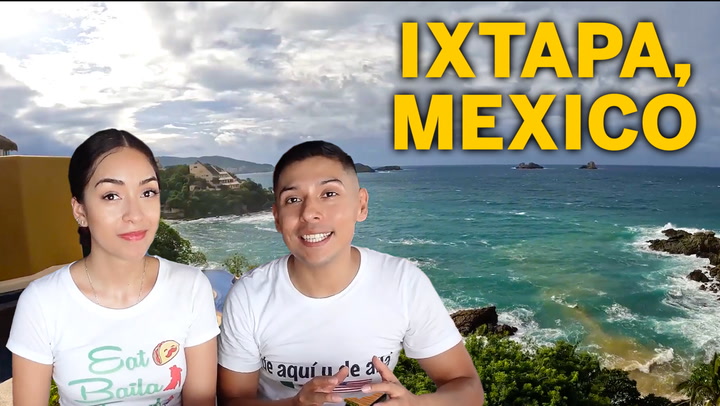Summary
Now is the perfect moment to take a fresh look at our southern neighbor.
Fact checked by Elizabeth MacLennan
A few years ago, I was invited to spend the evening with a gallery owner in Los Cabos, on Mexico’s Baja Peninsula. I was on vacation, and up until that point I had been doing what most visitors to Los Cabos do: I took a whale-watching tour, tried a few spa treatments, and soaked up the sun on the beach.
However, I was soon ready for something different. I met Patricia Mendoza at her namesake gallery, which features work by contemporary Mexican artists; together, we set off through the cobblestoned streets of San José del Cabo’s Gallery District. Mendoza introduced me to artists like Ivan Guaderrama, who explained how his colorful pieces produce sounds when touched, and Enrique Bascón, whose paintings examine Mexican society and politics with humor. Along the way, Mendoza and I had a glass of wine at H Bistro, where we discussed our respective family histories. I told her how, although most of the Mexican side of my family has lived in the U.S. since the 1800s, my great-grandfather was born in Guadalajara.
Later, we returned to Mendoza’s gallery, where we were served a multicourse meal by an up-and-coming Mexican chef. I was the only U.S. citizen at our table. The conversation switched effortlessly between Spanish and English, and we talked about art, culture, politics, travel, and life. I had been to Mexico countless times, yet that night, I connected with its people in a more sincere and significant way.
Discovering Mexico Beyond the Beaches
Warm weather, inexpensive flights, and advertisements showcasing Spanish-colonial architecture have made Mexico a top international destination for U.S. travelers. People frequently fly to resort towns along the coast to escape, relax, and enjoy luxury; others venture to Mexico City for food and history. However, Mexico is also home to diverse Indigenous cultures, complex belief systems, and breathtaking natural wonders such as petrified waterfalls, pink lakes, soaring mountains, and deep canyons. Many of us haven’t gone beyond the beaches and pools, missing a chance to know our southern neighbor more deeply.
Recently in the U.S., discussions surrounding racism, colonialism, unconscious bias, and privilege have intensified, prompting many to consider their impacts on various aspects of life, including travel. We’ve begun to reevaluate our perspectives and aim to grasp the experiences of those different from us.
Therefore, this reflective and empathetic growth is the real reason travelers should visit Mexico. The border may physically separate our countries, but fearmongering, stereotyping, and divisive policies have pushed us further apart. This year, we can take what we’ve learned and choose to connect with the people of Mexico, embracing its rich culture, nature, and community.
On your next visit, you might walk through the stalls of Mexico City’s El Chopo flea market and encounter music and fashion from the country’s punk and goth scenes. Alternatively, you might gain insight into the Indigenous peoples of Oaxaca by visiting the villages of Zapotec weavers. A short boat ride on the crocodile-filled Usumacinta River to the magnificent ruins of Yaxchilán will enrich your knowledge of Mexico’s Indigenous history.
The Best Time to Visit Mexico for Good Weather and Affordable Prices
Visiting lesser-known Mexican destinations is one effective way travelers can get to know the place more intimately. Go further by staying in locally owned hotels or vacation rentals, dining where locals eat, shopping where they shop, and attempting to speak Spanish — because it’s the people who make a journey unforgettable.
For my next trip to Mexico, I’m planning a visit to Guadalajara, the nation’s second-largest city. It will be my ancestral heritage trip, and if I’m fortunate, I’ll meet a distant cousin. The cathedral will surely astonish me, along with the bands in the Plaza de los Mariachis, but I’ll also aim to seek out the locals, who call themselves Tapatíos.
Perhaps I’ll join a hiking group and explore the nearby canyon of Barranca de Oblatos. My fellow hikers may suggest the city’s best restaurants for pozole, birria, tortas ahogadas, or tejuino, and the next day I’ll indulge in those Tapatío specialties while visiting high-end fashion boutiques and modern art galleries. I might learn about the Teuchitlán culture on a tour of the circular-stepped pyramids of Los Guachimontones. Whatever I do, I look forward to experiencing Mexico in a more meaningful way.




